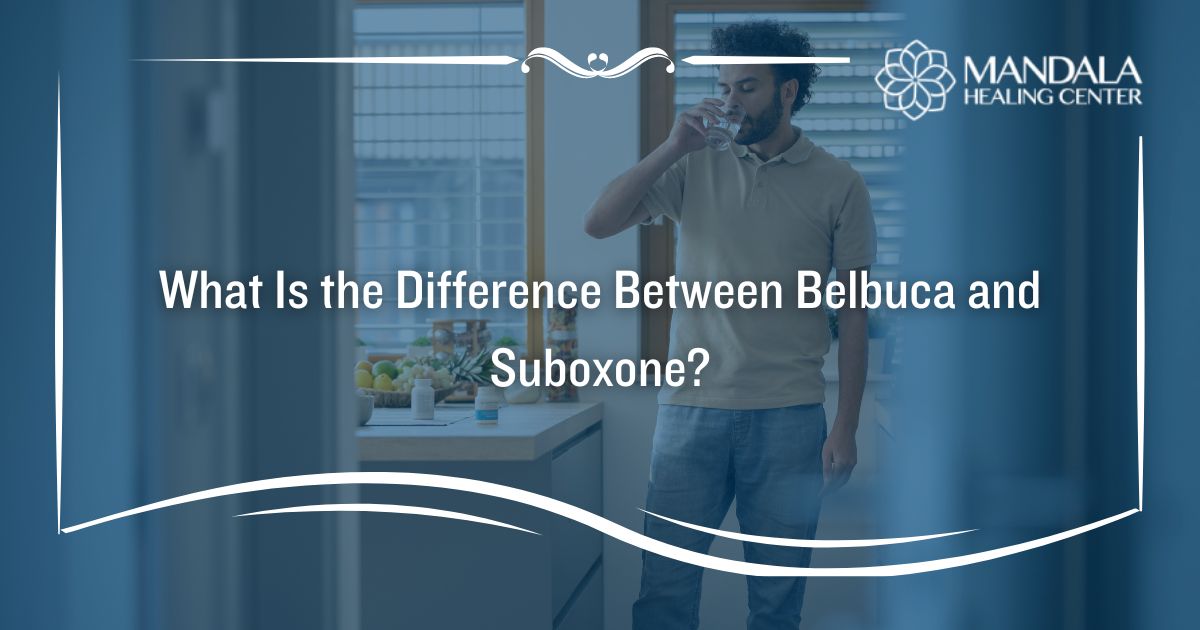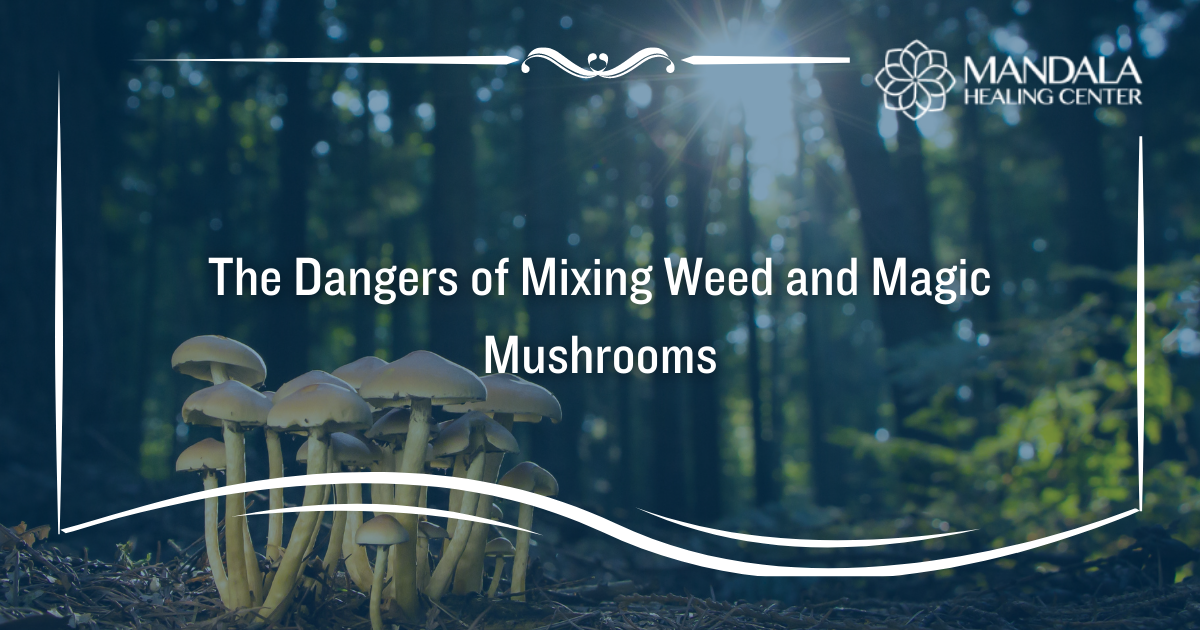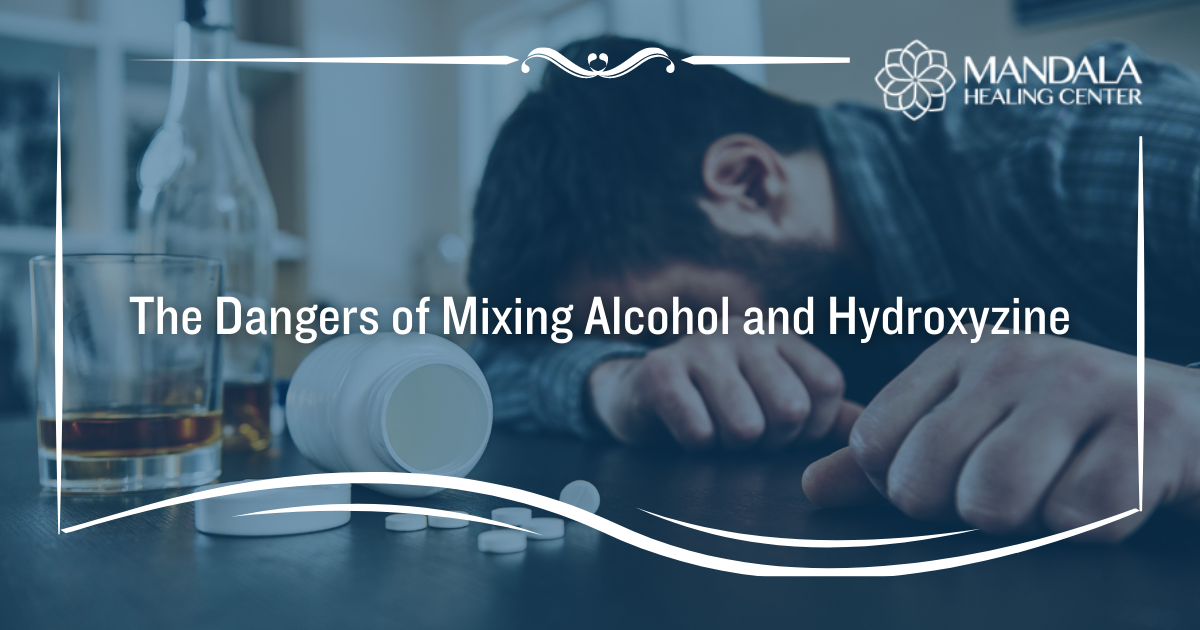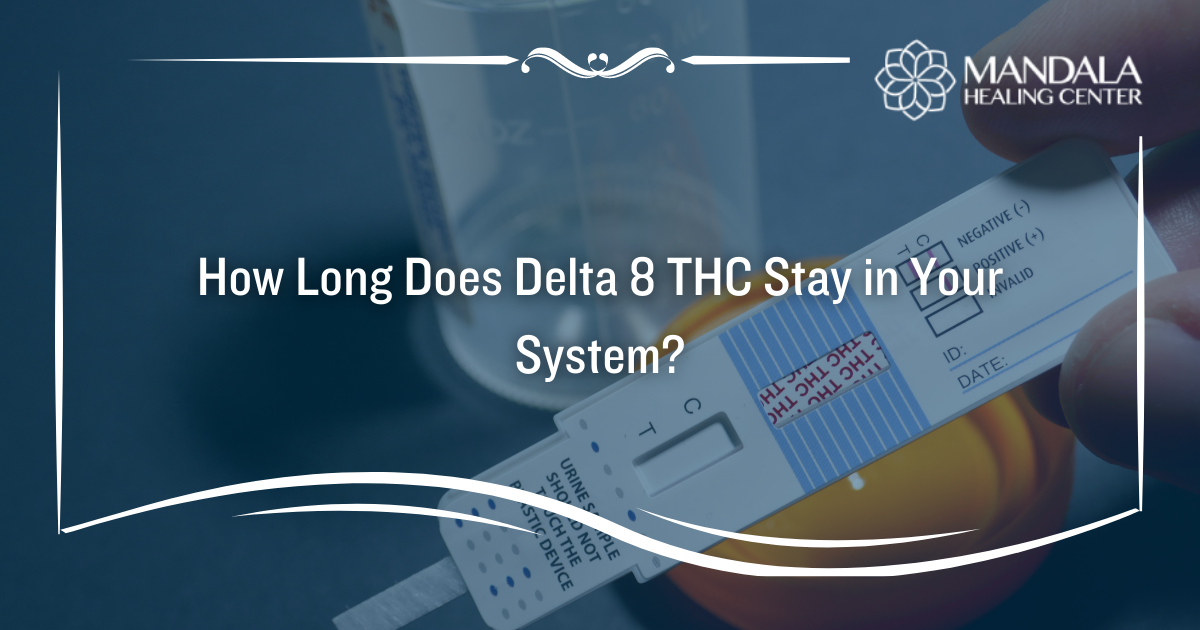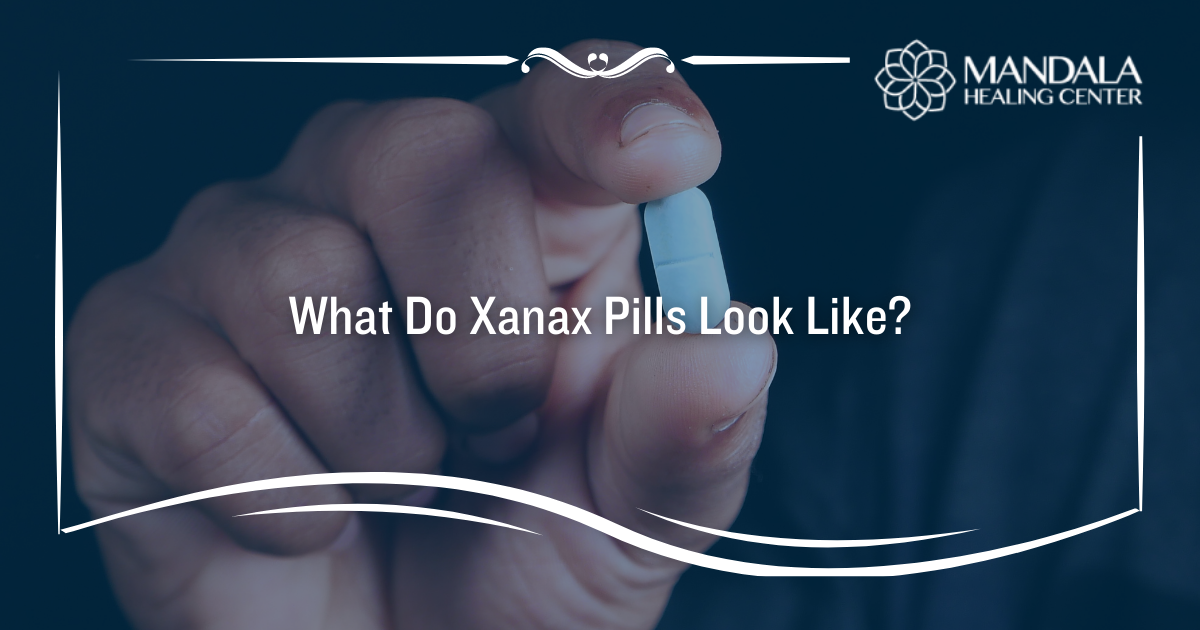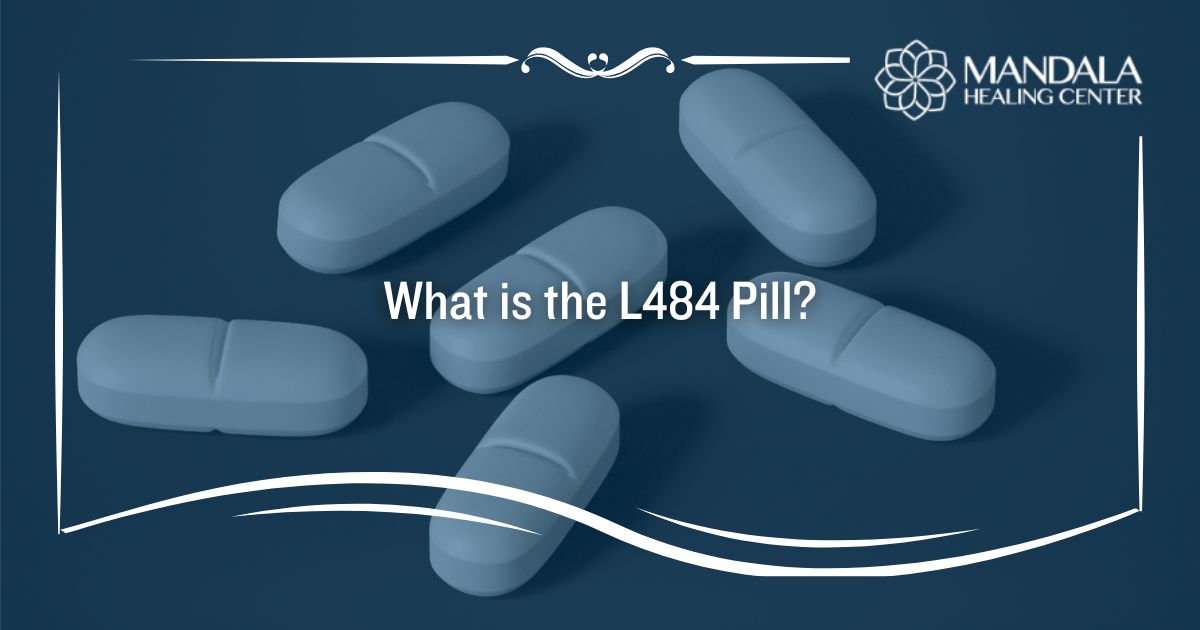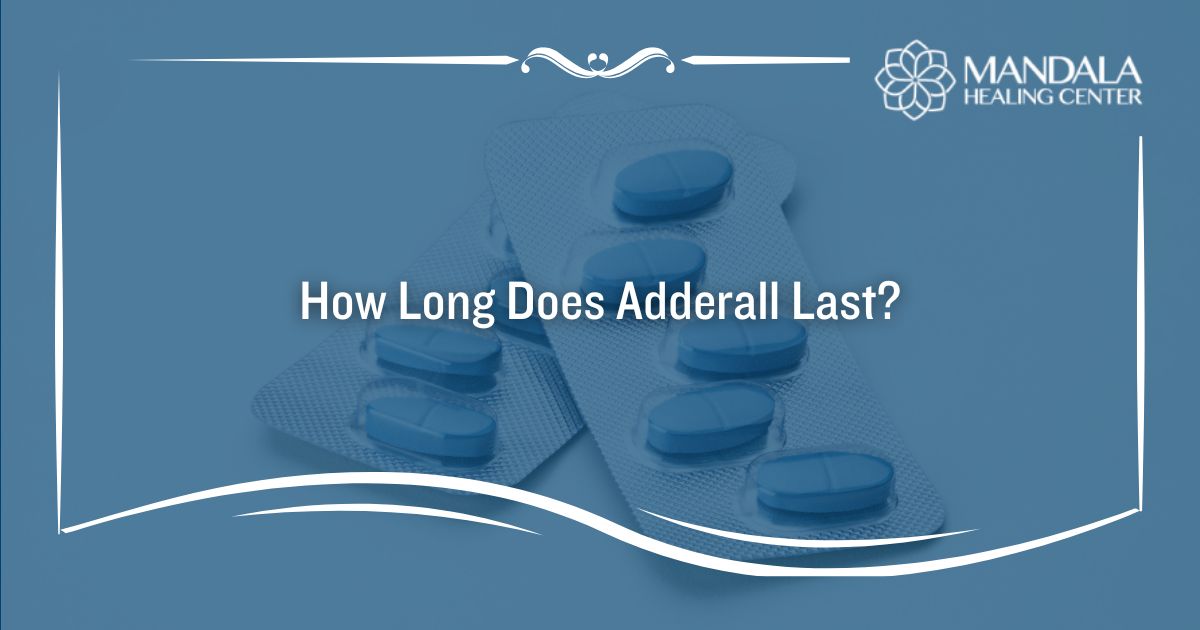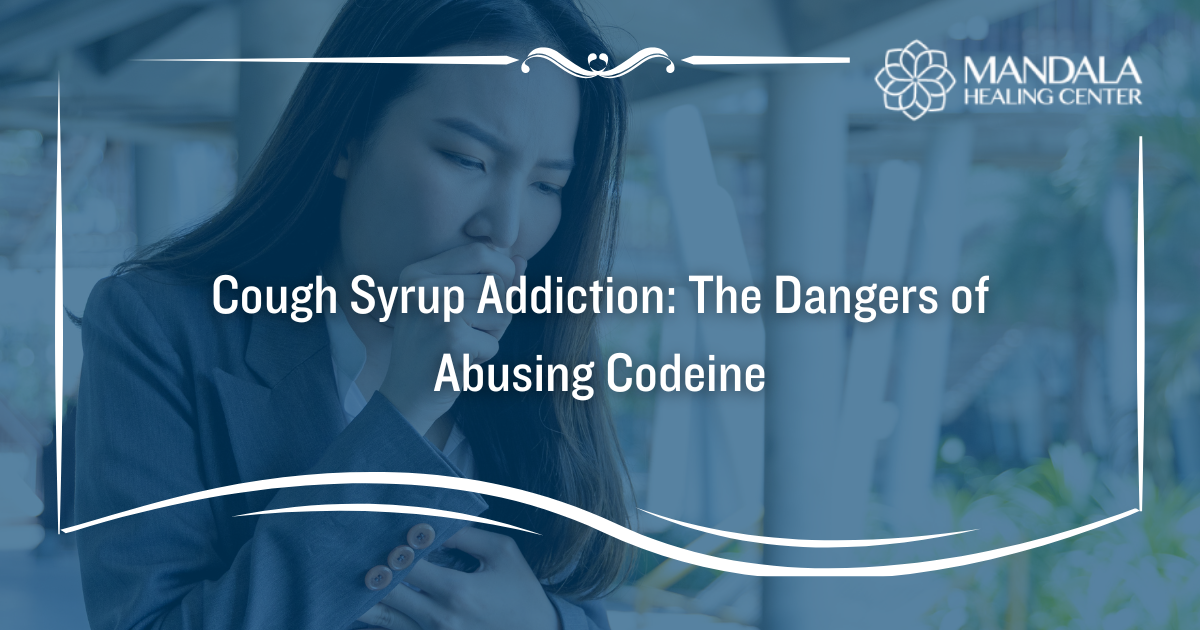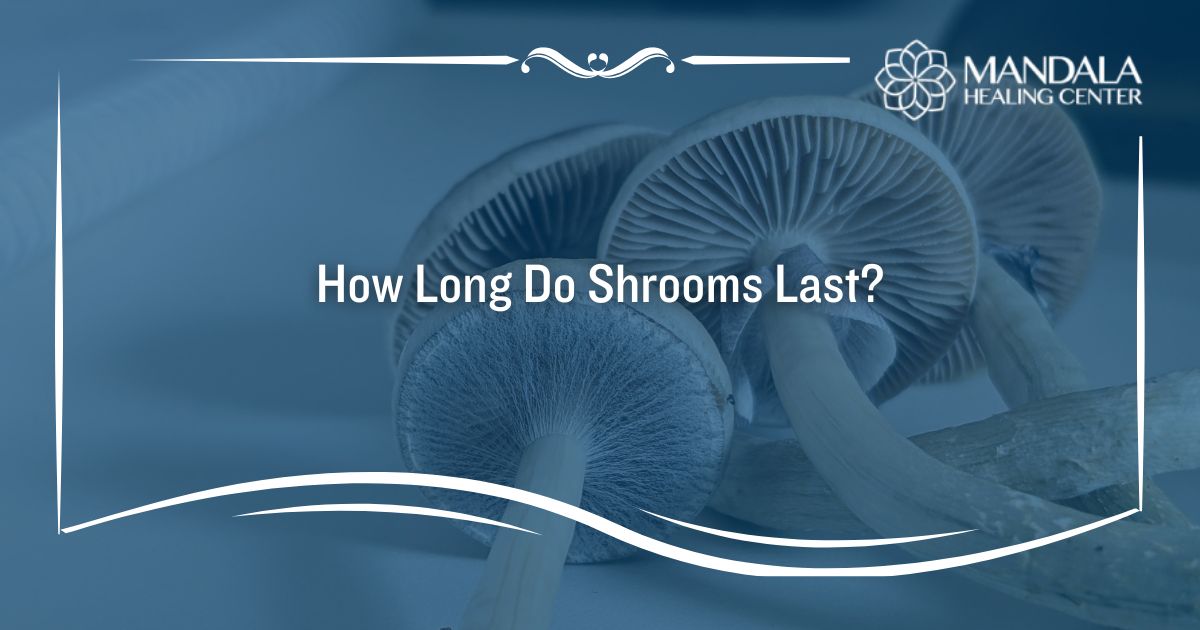When you’re struggling with opioid dependence, you have options as far as your path to recovery. Each option has its own considerations and benefits. One of the most commonly used medicines for opioid dependence is Suboxone, but people frequently wonder how it compares to Belbuca because there are similarities between the two.
Suboxone is a way to treat opioid dependence and support recovery, while Belbuca is primarily used for chronic pain management.
While the overall mechanism of action of both Belbuca and Suboxone is similar, how they’re administered and how they work can vary from one another.
An Overview of Medication-Assisted Treatment (MAT)
Before getting into the difference between Belbuca and Suboxone, it’s notable that only Suboxone is part of medication-assisted treatment or MAT. MAT for opioid use disorder involves using medicines combined with behavioral therapy and counseling to deliver an integrated and comprehensive approach to treating addiction.
MAT is an evidence-based strategy to manage opioid addiction, and it helps address the physical and mental aspects of the disorder.
The medications used as part of MAT are approved by the FDA for these purposes. They aren’t a replacement for a complete addiction treatment program, but they can help a person stabilize so they can participate fully in their treatment plan.
Broadly, the use of medications as part of treating opioid addiction and dependence include the following:
- When someone is addicted to opioids, it changes their brain’s reward system, contributing to strong cravings and withdrawal symptoms. MAT medications can reduce these cravings and symptoms, making it easier to not use opioids.
- Some types of MAT medicines block opioids’ euphoric effects, so if you were to relapse while taking them, you wouldn’t experience a high. This serves as a deterrence to further opioid use.
- Chronic opioid use can disrupt your balance of brain neurotransmitters, and some MAT medicines restore the balance.
- When combined with counseling, therapy and support groups, MAT addresses the multifaceted nature of addiction and gives you the tools and support needed to sustain long-term recovery. MAT reduces overdose and death risk among people with opioid addiction.
- The use of MAT promotes a functional recovery so you can regain a sense of control in all areas of your life.
With that in mind, we’ll delve more into the difference between Belbuca and Suboxone, which work similarly but achieve different goals.
What is Belbuca?
Belbecua is a prescription medicine that’s used for managing chronic pain that’s severe enough to require around-the-clock, long-term opioid treatment. The use of Belbuca might be called for if other treatment options aren’t working to control pain.
Belbuca contains a synthetic opioid, buprenorphine. It’s a partial opioid agonist. This means it affects the brain’s opioid receptors and activates them, but not as strongly as a full opioid agonist like oxycodone.
The medicine is a buccal film, so you place a thin strip inside the cheek. It is meant to slowly dissolve over time and release medicine into the bloodstream, providing extended pain relief that usually lasts around 12 hours per dose.
The controlled release action of the medicine provides consistent pain relief and reduces fluctuations in blood levels of the medicine.
The active ingredient in Belbuca has a lower abuse potential than some other opioid medicines since it’s a partial opioid agonist. This limits the risk of respiratory depression and overdose that can come with full opioid agonists, as well as the euphoric effects.
What is Suboxone?
Also a prescription medicine, Suboxone has the same active ingredient as Belbuca—buprenorphine. It also contains naloxone.
An opioid antagonist, naloxone is a medicine that blocks opioid effects by competing for the same brain receptor sites. It’s included in Suboxone to deter medicine misuse.
If you take Suboxone as prescribed, which is sublingually placed under the tongue, the naloxone shouldn’t have an effect. It’s not well-absorbed this way. However, it’s included in Suboxone because if you attempt to abuse the medicine, the naloxone it contains can lead to withdrawal symptoms. This is a way to deter misuse.
Suboxone is effective at reducing the use of opioids, improving retention in treatment programs, and reducing the risk of complications and overdose associated with opioid addiction.
Belbuca vs. Suboxone
The biggest difference between Belbuca and Suboxone is what each medicine is prescribed for. Belbuca is prescribed for pain, while Suboxone is a medication-assisted treatment for opioid use disorder.
Other comparisons in Belbuca vs. Suboxone include:
- Active ingredients:
- Belbuca: Contains just buprenorphine.
- Suboxone: Contains buprenorphine and naloxone.
- Formulations:
- Belbuca: Buccal film placed inside the cheek.
- Suboxone: Sublingual film or tablet dissolved under the tongue.
- Indications:
- Belbuca: Around-the-clock, long-term pain management.
- Suboxone: Treating opioid dependence and addiction.
- Mechanism of action:
- Belbuca: Binds to opioid receptors to provide pain relief without strong feelings of euphoria or respiratory depression.
- Suboxone: Relieves opioid cravings and withdrawal symptoms because of buprenorphine, while naloxone deters misuse.
- Side effects:
- Belbuca: Can include constipation, headache, nausea, vomiting, dizziness and drowsiness. Rarer but serious side effects can include respiratory depression, abuse or addiction.
- Suboxone: This includes headache, constipation, nausea, insomnia, and sitting. Serious side effects can consist of abuse, addiction, respiratory depression and withdrawal symptoms.
- Abuse potential:
- Belbuca: Lower abuse potential compared to some other opioid medications because it’s a partial opioid agonist.
- Suboxone: The naloxone in Suboxone deters misuse.
While both Belbecua and Suboxone contain buprenorphine, their formulations and indications for use differ.
Final Thoughts
Navigating opioid dependence and chronic pain management are two complicated concepts.
At Mandala Healing Center, we understand the challenges that you face when you’re dealing with opioid dependence and addiction, and we offer a holistic treatment program integrating evidence-based medications with personalized therapy, counseling and support services.
If you’d like to learn more about our treatment programs for opioid addiction, please reach out any time.


